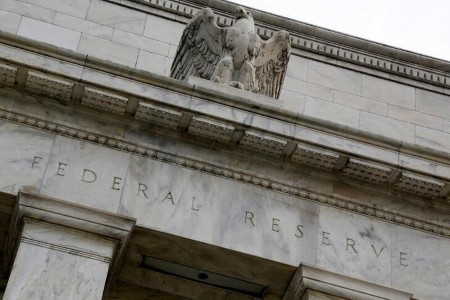




Philippines Trade Update: Trade trajectories trend along
 DOWNLOAD
DOWNLOAD

Policy Rate Updates: Double cut finale
 DOWNLOAD
DOWNLOAD

Monthly Economic Update: One for the road
 DOWNLOAD
DOWNLOAD


Benchmark US yield hits 8-week low on weak data, recession fears

NEW YORK, July 22 (Reuters) – The US 10-year Treasury note yield was on track to end the week near its lowest since late May after weak data on Friday added to worries about the global economy and traders reassessed the Federal Reserve’s ability to raise rates much further.
Data on Friday showed the global economy teetering into a slowdown at a time when central banks are focusing on battling inflation by limiting access to cash.
Business activity in the United States contracted this month for the first time in nearly two years, S&P Global’s US Composite PMI Output Index showed. Euro zone activity contracted for the first time in more than a year and growth in Britain was at a 17-month low.
Separately, Japan’s government is expected to sharply cut its forecast for domestic growth, while China’s strict COVID-19 lockdowns and Russia’s invasion of Ukraine have further damaged global supply chains.
“There was a pretty sharp correction after the PMIs,” said Subadra Rajappa, head of US rates strategy at Societe Generale in New York. “The market is quickly pricing out the possibility of the Fed being able to raise rates aggressively for the remainder of the year.”
A 75 basis-point hike from the Fed is all but priced in according to traders, with the probability of a larger move dwindling down into the single digits.
Yields were lifted off their lows in part by comments from European Central Bank President Christine Lagarde, who committed to fighting inflation despite growing fears of a recession in the euro bloc.
But yields across the US curve ended near their lowest in the session.
The two-year US Treasury yield, which typically moves in step with interest rate expectations, was down 12.1 basis points at 2.974%.
The yield on 10-year Treasury notes was down 15 basis points to 2.758%. The yield on the 30-year Treasury bond was down 9.7 basis points to 2.975%.
The two- and 10-year Treasury notes yield spread, seen as an indicator of economic expectations, was at -22.0 basis points.
The breakeven rate on five-year US Treasury Inflation-Protected Securities (TIPS) was last at 2.585%, after closing at 2.591% on Thursday.
The US dollar 5 years forward inflation-linked swap, seen by some as a better gauge of inflation expectations due to possible distortions caused by the Fed’s quantitative easing, was last at 2.367%.
(Reporting by Rodrigo Campos; Editing by Nick Zieminski and Will Dunham)
This article originally appeared on reuters.com





 By Reuters
By Reuters